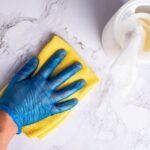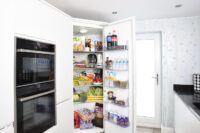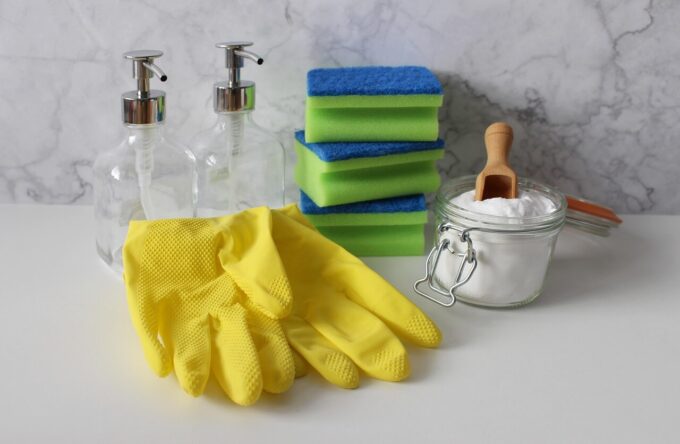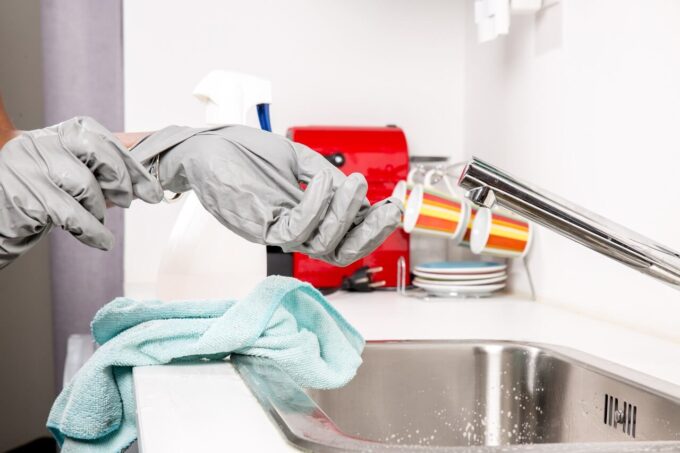
That distinctive musty odor or those tiny dark patches near your shower, in the cellar, or around window frames aren’t just eyesores—they’re potential health hazards. Fungal growth flourishes in moist, inadequately ventilated spaces and may trigger allergic reactions, breathing difficulties, and skin problems if not addressed promptly.
Fortunately, effective prevention doesn’t require harsh sanitizers or expensive solutions. Let me walk you through practical, eco-friendly approaches to keeping these unwanted organisms at bay—using straightforward techniques that deliver results.
Understanding Fungal Invasion: The Root Cause
The primary culprit behind household fungal issues? Dampness. Microscopic spores exist everywhere naturally, but they only proliferate when encountering their ideal environment—specifically, wet, shadowy, stagnant areas. Common sources include:
- Elevated moisture levels (particularly during humid seasons)
- Plumbing issues around fixtures, connections, or roofing
- Moisture accumulation on glass surfaces and chilled materials
- Incompletely dried fabrics like washcloths, bathroom mats, or clothing
- Indoor garment drying without sufficient airflow
Once established, these organisms multiply rapidly, making prevention significantly more manageable than elimination.
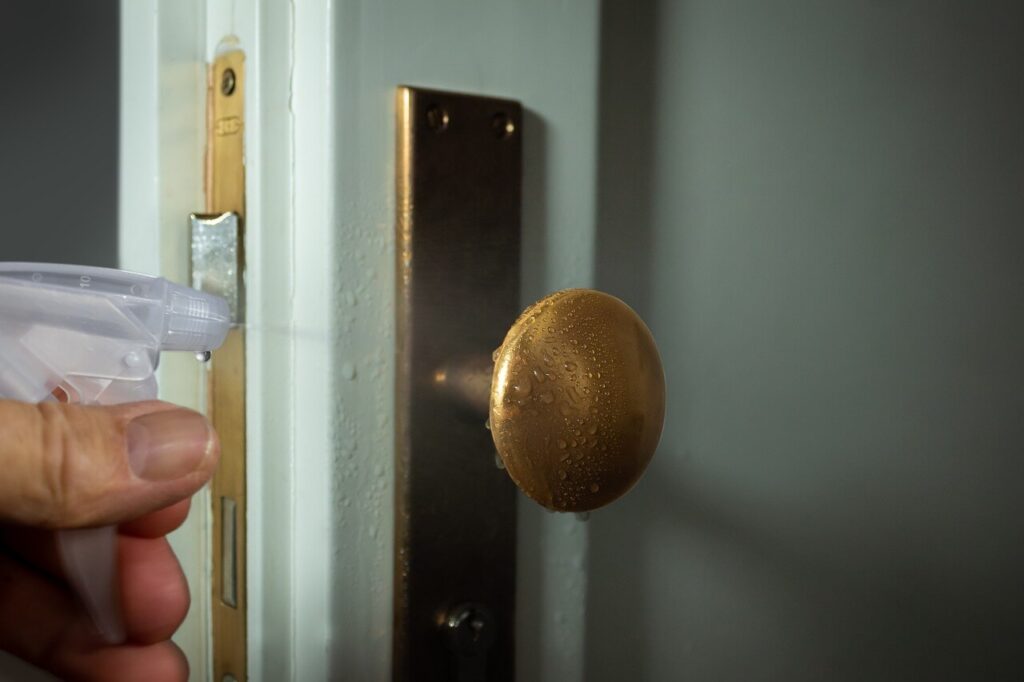
Moisture Management Fundamentals
Controlling dampness forms the cornerstone of prevention. Consider these natural approaches:
- Position a moisture-extraction appliance in problem zones like below-ground spaces or washing areas
- Ensure proper ventilation systems in cooking and bathing spaces—or simply open windows during these activities
- Limit indoor clothes drying to well-ventilated circumstances
- Create daily cross-ventilation for at least 10-15 minutes to reduce moisture buildup
- Maintain indoor humidity between 40-50%, monitoring with an inexpensive humidity gauge
These straightforward adjustments significantly reduce moisture accumulation—limiting opportunities for unwanted growth.
Nature-Based Prevention Strategies
Skip the chemical treatments with these family-friendly, surface-safe alternatives that truly work:
- Distilled White Vinegar Apply undiluted white vinegar directly to susceptible surfaces—bathroom ceramics, windowsills, basement corners—using a spray applicator. Allow it to remain without rinsing, as its mild acidity neutralizes spores before they spread.
- Sodium Bicarbonate Apply this versatile powder to moisture-prone areas—trash receptacle bottoms, toilet surroundings, shower edges. It absorbs excess moisture while eliminating unpleasant scents.
- Melaleuca Essential Oil Create a solution by combining one teaspoon of this potent antifungal oil with one cup water in a spray bottle. Shake thoroughly before applying to vulnerable areas—it provides protection while leaving a refreshing aroma.
- Carbon Filtration Position activated carbon packets inside storage spaces, beneath sinks, or in basement areas. This natural material extracts atmospheric moisture while reducing musty odors.
- Oxygen-Based Cleaner For challenging spots like grout lines, 3% hydrogen peroxide offers exceptional results. Apply directly, allow 10 minutes of contact time, then scrub with a small brush before wiping clean.
Vulnerable Zones Requiring Vigilance
These unwanted organisms can emerge anywhere moisture accumulates. Pay particular attention to:
- Washrooms: Grout lines, shower curtains, cabinet interiors, bathtub perimeters
- Cooking Areas: Under-sink spaces, refrigerator surroundings, exhaust hood vicinity
- Sleeping Quarters: Wall corners (especially exterior walls), window perimeters, wardrobe interiors
- Laundry Facilities: Behind appliances, connection points, drainage areas
- Lower-Level Spaces: Wall surfaces, overhead areas, secluded corners with limited air circulation
Regular inspection of these locations prevents minor issues from developing into significant problems.
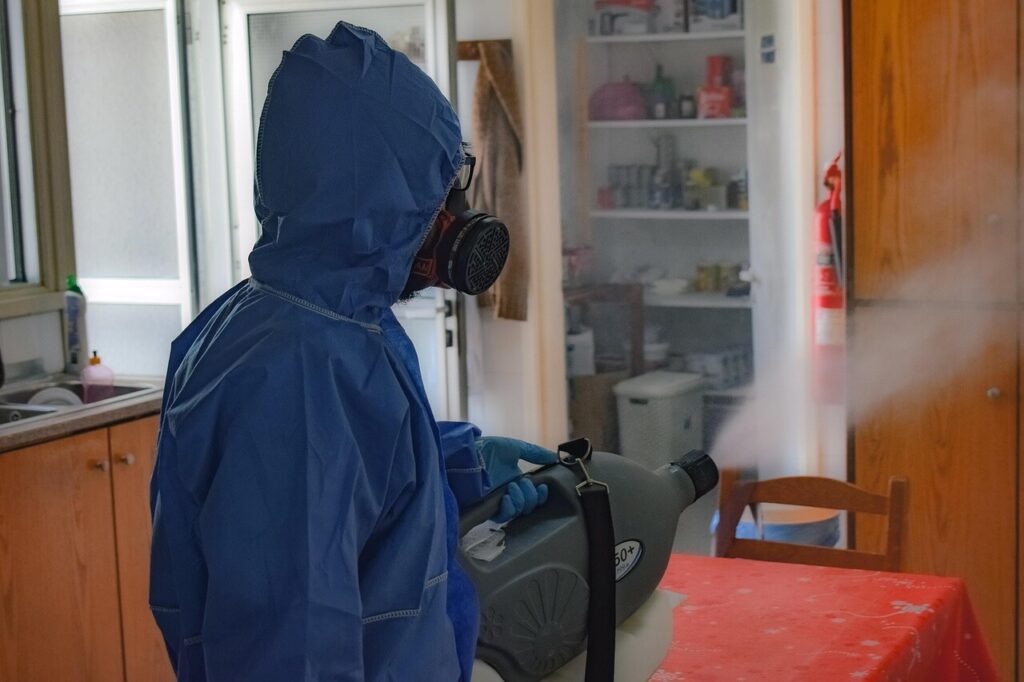
Everyday Practices for Long-Term Protection
Incorporate these habits into your routine for year-round protection:
- Address wet surfaces immediately—wipe down bathroom tiles, kitchen counters, and windows after use
- Repair moisture sources promptly, as even minor leaks create ideal growth conditions
- Ensure proper weatherstripping around openings to prevent condensation from temperature differences
- Confirm complete drying of textiles before storage—never put away damp towels, rugs, or clothing
- Regularly ventilate enclosed spaces like storage areas, closets, and under-sink cabinets
These brief preventive measures save extensive remediation efforts down the road.
Maintaining a fungus-free living space doesn’t demand specialized equipment or industrial-strength chemicals. By addressing moisture issues and employing natural solutions like vinegar, sodium bicarbonate, and essential oils, you’ll create a healthier environment for your household. Begin with simple adjustments—like improved ventilation or natural preventive sprays—and you’ll notice improvements in both air quality and overall wellbeing.
Latest Posts
How to Clean Your Walls Without Damaging the Paint
Reality check—walls accumulate debris over time. From oily handprints around switch plates...
3 Mins readHow to Deep Clean Your Kitchen in One Afternoon
Face it—thoroughly scrubbing your kitchen rarely tops anyone’s list of enjoyable activities....
3 Mins readHow Often Should You Really Be Cleaning These 10 Things?
(Unexpected insights for a healthier home environment) Most households maintain some form...
3 Mins readHow to Attract Pollinators to Your Backyard Garden
Dreaming of a vibrant, flourishing garden space? Whether you’re cultivating vegetables, nurturing...
3 Mins read
